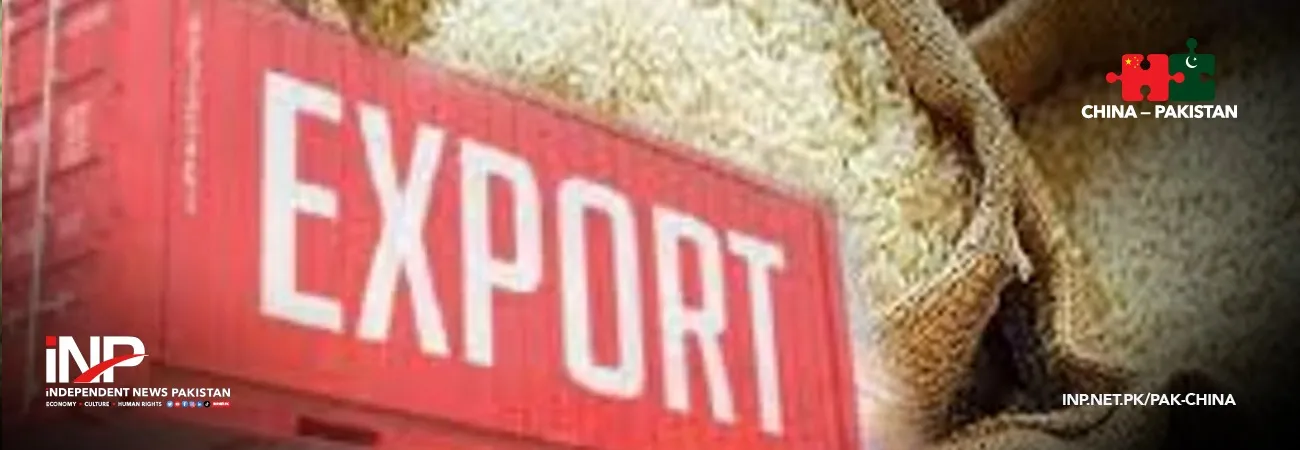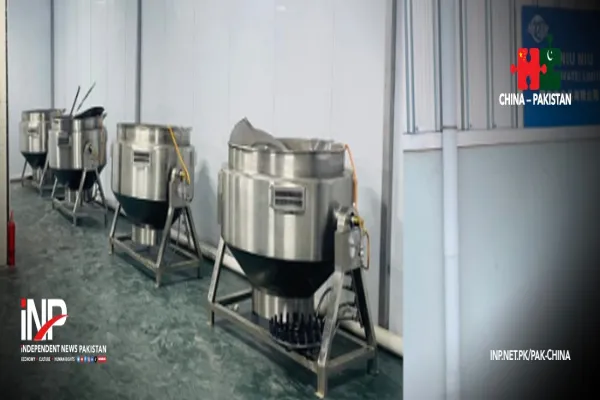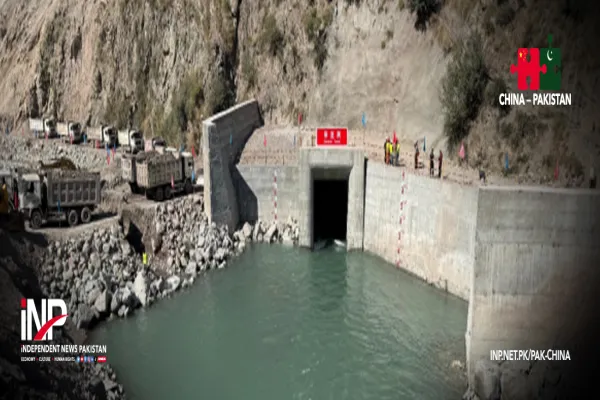i NEWS PAK-CHINA
Pakistan’s rice exports to China witnessed a remarkable 121% year-on-year increase in the first five months of 2025, signaling deeper trade ties and stronger agricultural cooperation under the China-Pakistan Economic Corridor (CPEC), said Ghulam Qadir, Trade and Investment Counsellor at the Pakistan Embassy in China.
Ghulam Qadir told China Economic Net (CEN) that, as per data from the General Administration of Customs of the People’s Republic of China, from January to May 2025, Pakistan exported rice worth $32.076 million to China, a significant leap from $14.53 million in the same period of 2024.
The key driver of this growth was semi- or wholly-milled rice (commodity code 10063020), which alone accounted for $26.68 million and 60,769 metric tons in volume. He attributes the surge to improved quality standards, competitive pricing, and the effectiveness of recent trade facilitation mechanisms, including tariff reductions and streamlined inspection procedures.
Pakistan’s long-grain varieties, especially Super Basmati and IRRI-6, have gained popularity among Chinese importers for their aroma, elongation, and adaptability in Chinese culinary applications. Muhammad Ahsan, CEO of Al Falah Rice International, suggested that when compared to domestic Chinese rice varieties, Pakistani rice generally offers a higher milling yield rate of 68–70%, which is on par with, or slightly above, China’s average of 66–68%, particularly in the case of hybrid japonica.
This higher yield adds cost-efficiency for processors and enhances shelf presentation for retailers. He further said that data indicate that Pakistani rice in China is predominantly utilized in the retail market, especially among urban middle-class consumers seeking premium South Asian rice varieties. However, a growing portion—estimated at 30–35%—is also being absorbed by the food processing industry, especially in ready-to-eat meals and instant rice dishes aimed at convenience-driven consumers.
“Chinese importers are increasingly viewing Pakistan not only as a consistent supplier but also as a strategic partner for grain diversification, especially amid regional climatic uncertainties and price fluctuations in traditional sourcing countries,” he added. Analysts believe that as bilateral agricultural cooperation deepens, stakeholders from both nations anticipate further integration in seed R&D, post-harvest technologies, and traceability systems—essential for sustaining this momentum and ensuring resilience in food security in the region.
Credit: Independent News Pakistan (INP) — Pak-China









